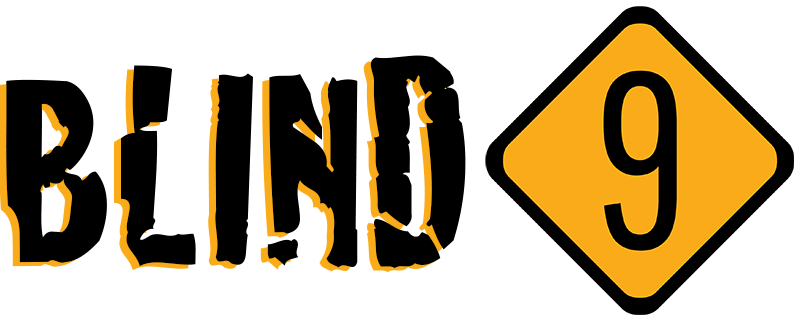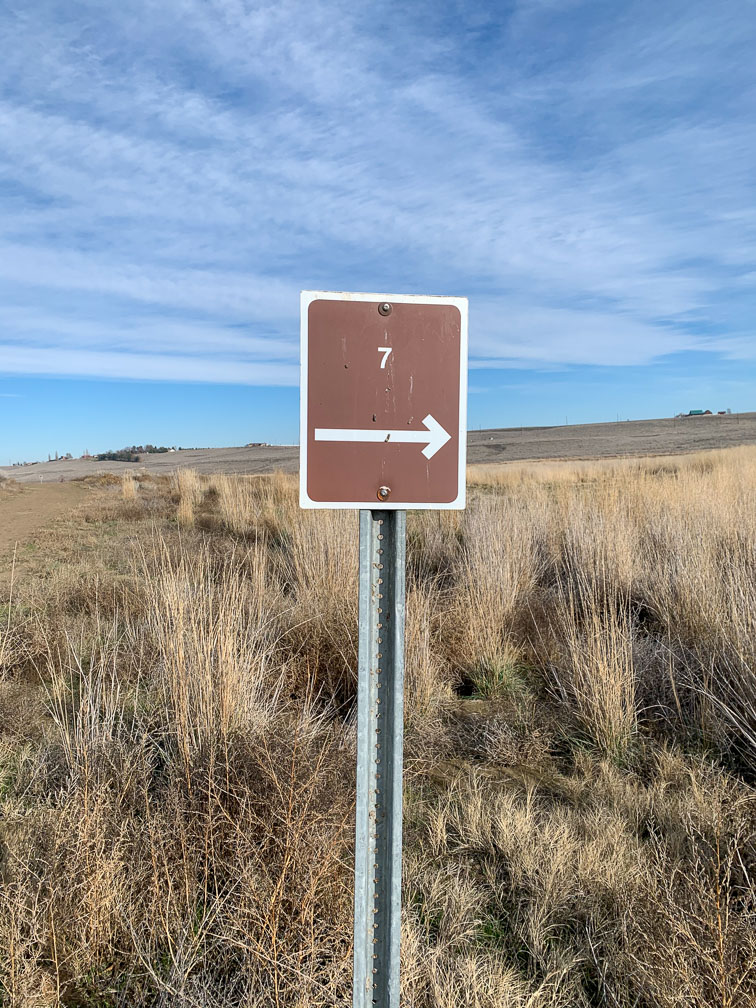This blind report was provided by Blind 7 is located on the West side just South of Blind 6. Park in lot E. It’s an easy 700 yard walk downhill from the lot on a grass trail. Easy enough to cart a kayak or hump a fair amount of gear in.
This blind is situated on the slough on a point that slightly protrudes from the shoreline. The birds are passing overhead to go from the refuge to the fields to the Southeast as well as the river farther South. Ducks aren’t particularly looking to come down here without some persuasion. Think of it similar to running traffic. The blind faces Southeast and is oriented perpendicular to the channel so pretty much any wind direction is beneficial except in your face. The channel does get deep out about 50 yards from the shoreline so either pick your shots or bring a dog or some other method of retrieval.
Hunting style
A relatively large decoy spread is crucial here so long as there is motion. I would recommend at least 3 dozen. To the right of the blind there is a small cove where birds will light so you’ll want a dozen there to close it off. If you’ve got coot decoys that is your secret weapon for this spot as there will be coot in the area between 7 and 9 to the North. Whether you employ confidence decoys here or simply mallards you’ll want the spot taken so the birds aren’t landing there out of reach of your shot.
The birds will be looking to go down on the point at blind 6 and in the bay of blind 22. You’ll be competing for birds with them. But if you set yourself apart from the normal V and J shapes that are likely being utilized at those blinds with pods or blobs left and right of the blind, and stretch out your decoys far apart along with some motion in there, the birds can’t resist it. Give birds a large kill hole in front of the blind on this one so that no matter where the birds are coming from they have a place to easily spot and land so they’re not lighting on the back or sides of your decoys. One thing that I cannot stress enough is be willing to make changes. Moving the decoys farther out or closer in can make or break a blind like this. You’ve got to make changes quickly if birds aren’t liking it. Once you find what they like in this blind they’re not going to circle before committing. They will cup up and lock in feet down coming off the points from 6 and 8 or straight ahead from blind 22. Be ready for them to come in on a string or not at all.
If you choose your chokes based on hunting conditions this is a full choke hunt without a doubt. You’re going to have divers and pass shooting, but the real challenge is that there is so much water in front of you that the birds don’t need to come all the way to the shore, so they’ll swing out around 50 yards from it. There are a lot of Bufflehead and Ringnecks here and will constantly buzz you as well and will light in your decoys if you allow them to. If you’re into shooting buffies or black jacks you can be in and limited quickly here.
Depending on wind direction you could get the birds on the run from other blinds to take a crack at as well. If you have a wind out of the North, listen for blinds 5, 6, and 9 to shoot when things slow down and often those birds will still be low enough for you to pop on the run. A wind from the South and you’re listening for shots from blinds 8, 22, and 21. This blind looks right over the shoulder of blind 22 so you can see the birds dropping in to their spread. If you hear them shoot and miss you’ll easily see the birds getting out and coming your way.
Challenges
You are going to be competing with 5, 6, 9, 8, 22, and 21. Those blinds are so close that shots taken while birds are working is going to flare the birds. Five and 6, and 22 and 21 are duckier blinds, they’re points which ducks naturally gravitate toward anyway. If you are a seasoned hunter you can make adjustments and do well here.
Goose Opportunities
There are fields to the Southeast that are loaded with birds. However not a great number of them traverse over this blind. If they do it’s snow geese at cruising altitude.
This blind guide was provided by Hydrokracker, a Louisiana transplant to the Pacific Northwest and avid duck hunter. If you are interested in submitting updates on blinds in the are, please contact us or leave a comment.
Blind Details
Type: 4-Man scaffold facing Southeast
Pros: Big water blind. High traffic area well traversed by all ducks.
Cons: Competition with many of the best blinds at the refuge. A dog, float tube, or light kayak is a necessity for this blind as the slough gets deep about a third of the way across.
Hunting Log


